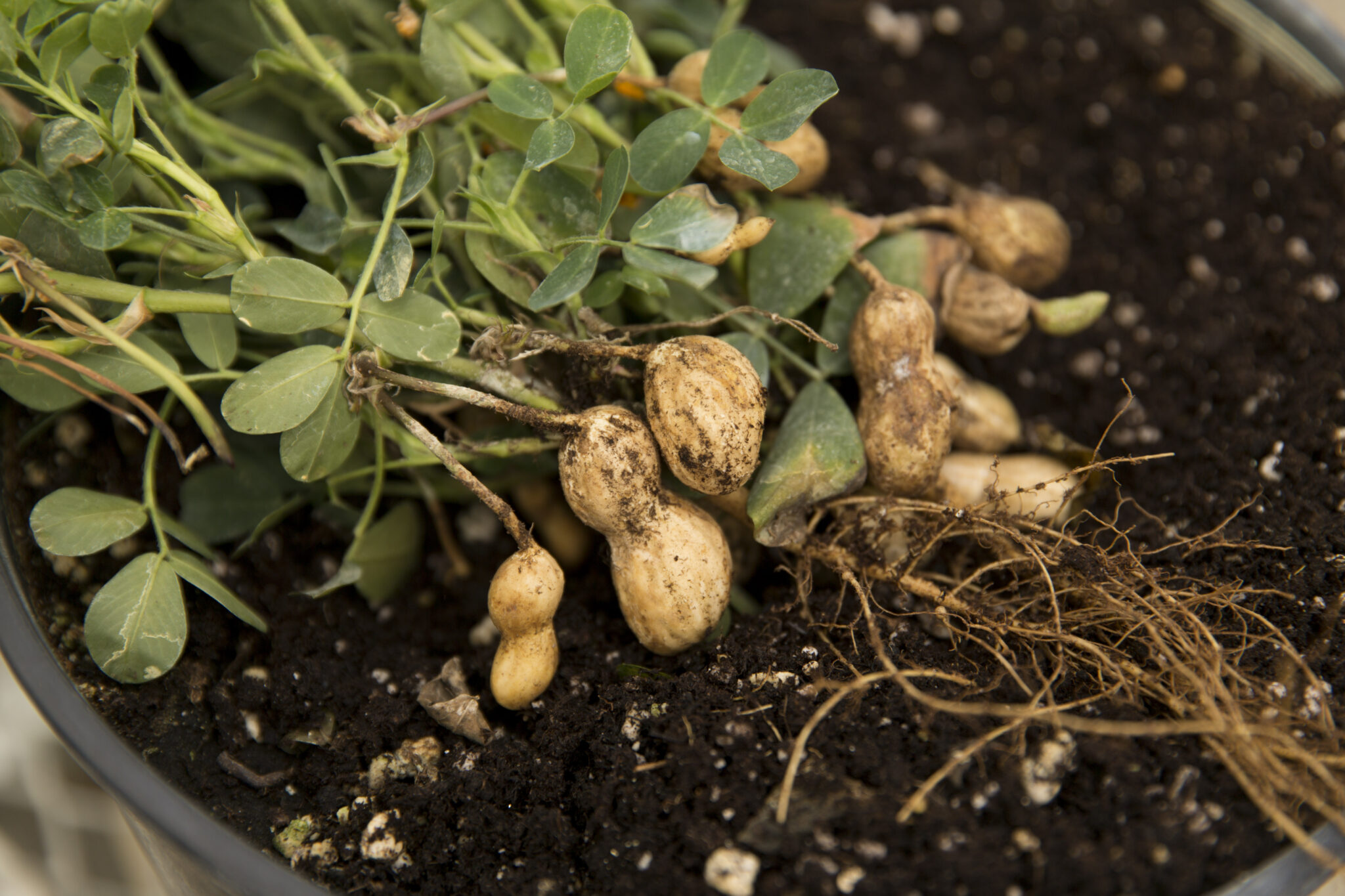By Sharon Omahen
University of Georgia
When it comes to protecting animal-based foods, knowing an animal's past is essential. And farmers, industry and government officials are developing a way to track it.
The U.S. Animal Identification Plan will allow officials to trace all animals and locations potentially exposed to an animal with a foreign disease within 48 hours of discovery. Once in place, it will track animals from the farm to the table.
The plan requires animals get an identification number at birth. How they'll be tagged and who will do it was the topic of a round-table discussion during the University of Georgia Mountain Beef Cattle Field Day in Blairsville, Ga.
Tracking system definitely a necessity
"When we had our first case of BSE (bovine spongiform encephalopathy), also known as 'mad cow disease,' last December, it took six weeks and 500 people to trace the animals. And there are still more than 20 cows unaccounted for," said Carter Black, Georgia's associate state veterinarian.
"If this had been foot-and-mouth disease," he said, "we would be in a world of hurt."
Black said tracking animals isn't a "one-size-fits-all" activity. "What works in one part of the country won't work in other parts," he said. "In Georgia, we have too many landowners who don't own the cattle on their land."
Black said state livestock officials seem to prefer electronic identification, which uses radio frequency chips. A number of companies make them, but the chips aren't compatible. "We need one scanner and one type of chip for this system to work," he said.
Too many tags?
Cattleman Bud Hill of Hill Vue Farms in Blairsville, Ga., sees the benefits of tracking. But he isn't excited about adding more farm chores and record-keeping.
"We're gonna have tags up the grommet if we're not careful," he said. Most cows have ear tattoos, an ear tag and a visual tag. The new radio-frequency tracking tag would be yet another tag.
"You can buy gas at six different stations in one day and there's a record of where you've been," he said. "This system should work the same way." The added tag shouldn't be a problem, he said, as most breeders are already set up for tagging.
But "sale barns aren't set up to tag cattle," said Eddie Bradley, a Towns County, Ga., cattleman. "But they are the logical place to tag cattle from small producers."
According to the Georgia Cattlemen's Association, 85 percent of Georgia cattle are sold through sale barns.
Bradley sees the new tracking system as a way of reassuring the public that U.S. beef is safe to eat.
Cattle should be viewed as food
"This is a positive change," he said. "After all, we're selling food, not cattle. Our beef is probably the safest in the world. Proving it may be like taking medicine. It'll be bad at first but will benefit us in the long run."
Government dollars must fund the system, said Jim Collins, executive vice-president of the Georgia Cattlemen's Association. "The plan is just a skeleton to build on," he said. "Now we have to move forward with something that's workable."
By this fall, each state must decide how to assign and manage the tags, Collins said. By July 2006, the tagging system should be in place.
Besides cattle, the system will track bison, swine, sheep, goats, equine, poultry, game birds, farmed fish and domestic deer, elk, camelids (like llamas and alpacas) and ratites (like ostriches and emus).
The USAIP Web site (www.usaip.info) reports that the system's first phase, premises identification by state, should be complete this year.
"This program is in the development stage, and it's a moving vehicle," said Charles McPeake, a UGA animal scientist helping develop the system for Georgia. "It will be a number of months before information is concrete."






